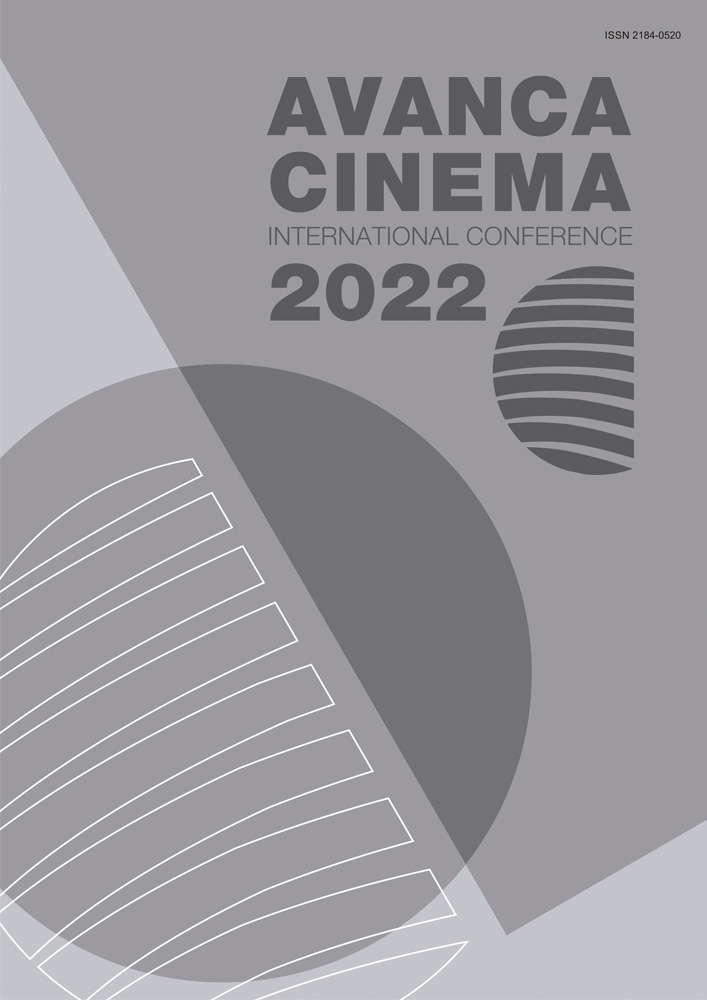Chapter V _ Guests
Comparing different types of rendering strategies in an animated short film
Abstract
This article discusses the development of an animated short film in which different rendering techniques were used, in order to compare them and find the best cost/benefit ratio. The short film is 16 minutes long and features scenes with complex landscapes and different types of framing.
It is known that the rendering process was, until a few years ago, the most time-consuming process in the production of animations and visual effects scenes. Thus, a great effort has been spent on research to develop hardware and software solutions that perform this activity in an affordable time, maintaining the necessary quality to produce images in the shortest possible time.
In the animated short film, V-Ray, Arnold Renderer and Unreal renderers were used in different sequences. Arnold, RenderMan and Unreal renderers were also compared in the same sequence. RenderMan, V-Ray and Arnold are renderers used in post-production and have an extensive portfolio of applications. Unreal opened the possibility of rendering in real time, without loss of quality, with the release of version 4.0 in 2014, and opened new paths for the so-called Virtual Production, by integrating live scenes with animated images in computer graphics, with realism and in real time, a trend that is definitely established with Unreal 5.0, from 2022.
In this article, the production and rendering process of the animated short film will be described, and the different strategies adopted by renderers to obtain the finished image will be discussed.

This work is licensed under a Creative Commons Attribution 4.0 International License.

